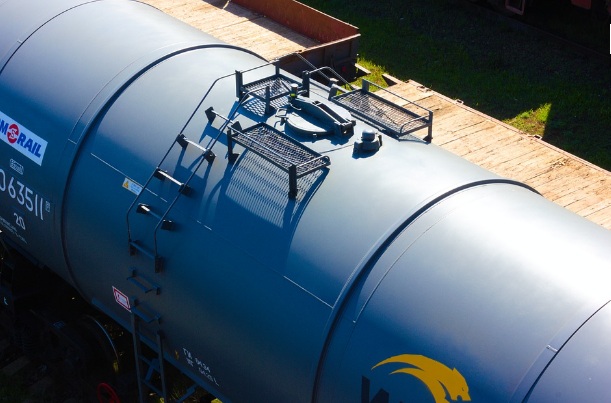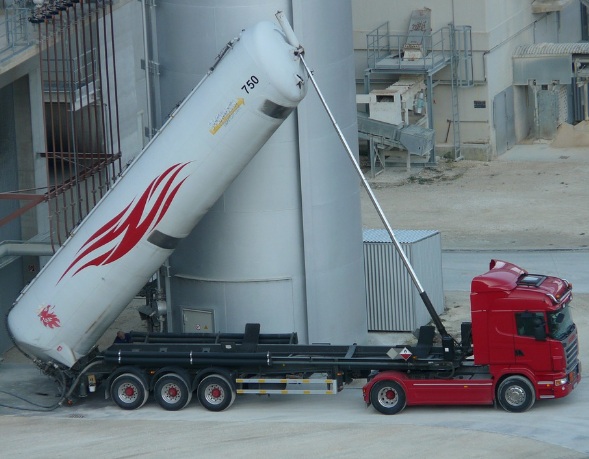
People who work with oil and gas tanks have a tough job. The management of these tanks means ensuring the long-term safety and reliability of the structures while making sure that they’re not adversely affected or impacted by spills, leaks, and other accidents. This is true whether you run a small operation on your own or manage a big company’s tank farm.
The main challenge in this job, and the one that confounds people with experience or otherwise, is determining when a tank is about to run out of oil. Unfortunately, there’s no simple solution that will give you an accurate warning every time, rather, you need to use different tools for this purpose. In this article, we’ll discuss how tank monitoring systems can be an essential tool in your managerial arsenal, and how to use them effectively to reduce tank runouts.
Determine Tank Levels, Not Tank Contents
When you want to determine tank levels and tank contents, the latter is typically easier. You can use a CCTV camera system or tank gauging equipment to get an inside look at your tanks and see how much oil they’re currently holding. There’s no perfect way of doing this. Some tank monitoring systems rely on electronic signals while others use visual information, which means that depending on what technique you choose, you may have more or less success with it.
What makes determining tank levels particularly difficult is that two factors are influencing how full the tank is: fill level (how much oil is in the tank at any given time) and inventory (the amount of oil stored in the tank). The best way to eliminate tank runouts is to use a tank monitoring system that can provide both levels and contents, but it’s also important not to confuse the two as this will give you inaccurate information. It’s also vital that tank level readings are as accurate as possible as there’s a direct relationship between tank levels and tank inventory. The higher the tank levels, the lower the inventory of oil.
Collect Tank Data Regularly
Accurate tank readings are vital to your overall operations, but a tank monitoring system is only useful if you use it regularly. This means that if you’re aiming for a perfect system, you’ll need to take tank readings at least once a day. These measurements should be taken in the morning when your tanks are full and before any oil is being added or removed from them. This will give you accurate information about inventory, which enables you to have more accurate information on the rate of use so that you can determine how much oil will be leftover by a certain time.
Furthermore, regular tank readings and accurate data are essential for optimizing your industrial storage tanks efficiency and preventing potential issues such as leaks or overflows. By proactively monitoring your tank levels, you can identify any irregularities promptly and take necessary actions to mitigate risks and maintain a smooth operation.
The best way to get accurate readings is with a tank monitoring system that uses wireless tank gauges. These are attached directly to the bottom of your tanks. This enables you to obtain level and inventory readings quickly, simply, and accurately.
Use More Than One Tank Monitoring System
It’s important to use more than one tank monitoring system, even if these systems are of the same type. This is because different systems monitor tanks for different types of issues, so while one may point out a problem with ventilation or temperature control in your tank farm, another might show you that there’s an oil spill or leak that occurs.
You should also see the bigger picture when running an operation like this. Two similar systems can pick up on two separate problems affecting your tanks but not be able to connect their findings due to the sheer volume of data they’re providing you with (because all that information can get confusing). By using multiple systems at once, you ensure that no major issue gets missed. Besides, you’ll probably get a better discount when buying two systems at once too.
Train Your Staff
You can not just set a system and then ignore it. You should have an employee or employees who take care of this for you, making sure that the tank monitoring systems are working properly and that all information being collected is being reviewed regularly.
The training process needs to be thorough (which means time-consuming) as your employees must understand how each system functions and what kind of data they need to be looking for. It’s also important that once all the training materials have been completed, your staff put them into practice regularly through hands-on training until they feel comfortable with their newly acquired knowledge. The best way to do this is by assigning one or two employees to be responsible for all tank inspections, tests, and monitoring throughout your business.

Tank monitoring systems are a very important tool to have in today’s business world. As long as you use them correctly, these systems can help make your tank farm or oil storage facility much safer for everyone involved while eliminating chances of runouts and other related issues. With the tips from this guide, there is no doubt that you will be able to use tank monitoring systems most efficiently.